ó, é, ò, o
oh? really? is that so?
Phonosemantic compound. 口 represents the meaning and 我 represents the sound.
Evolution

Bronze script
Early Western Zhou (~1000 BC)
Seal script
Chu (Warring States: 475-221 BC)
Seal script
Shuowen (~100 AD)Regular script
ModernDefinitions
ó
oh? really? is that so?; oh (interjection indicating doubt or surprise)
é
to chant
ò
oh (interjection indicating that one has just learned sth)
o
sentence-final particle that conveys informality, warmth, friendliness or intimacy; may also indicate that one is stating a fact that the other person is not aware of
Sources
